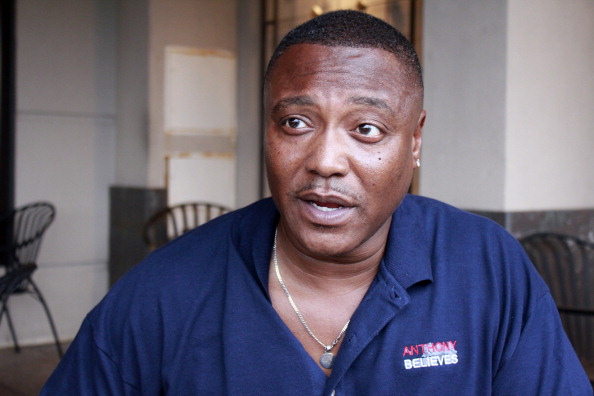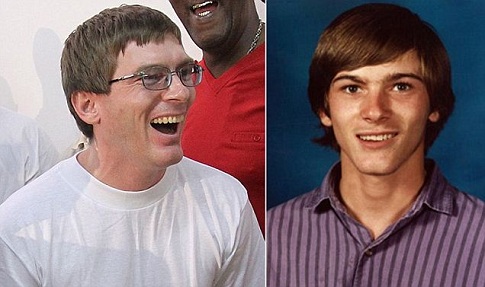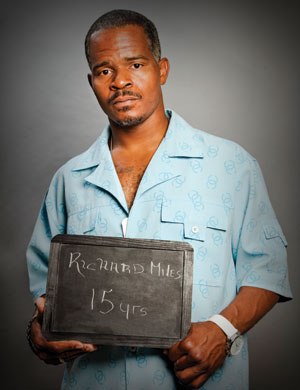
Anthony Graves is one of the 143 exonerated death row inmates who have been released due to wrongful conviction since the death penalty was reinstated in the U.S. Graves spent 18 years in jail, including 16 years on death row, for a crime he didn’t commit (Photo Credit: Chantal Valery/AFP/Getty Images).
By Donna Schneweis, Amnesty USA’s Kansas State Death Penalty Abolition Coordinator
On Feb. 13th, 2014, the Kansas Senate passed a bill that would speed up the appeals process for people sentenced to death. If this becomes law, it would increase the possibility of Kansas executing someone who was wrongfully convicted of capital murder.
Nationally, since the death penalty was reinstated, 143 people who faced the death penalty have been released due to wrongful conviction. The most recent exoneree, Reginald Griffin, was sentenced to death in 1983 and spent 30 years on death row in Missouri. If this bill passes the Kansas House and is signed into law, the resulting changes would enhance the risk to the innocent in Kansas. SEE THE REST OF THIS POST



